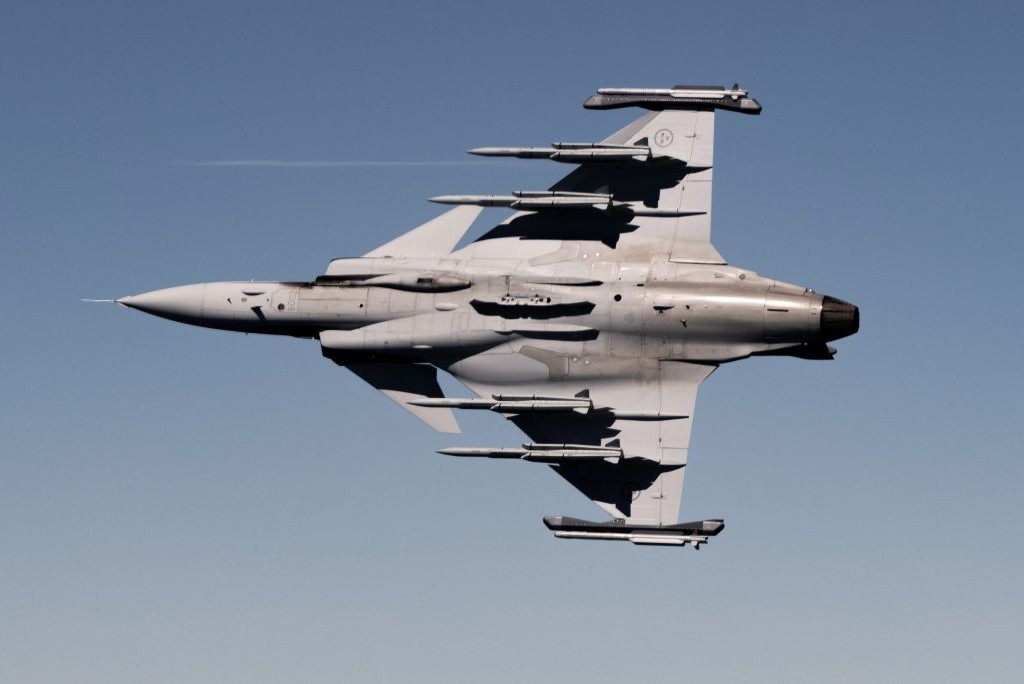Challenges Facing the AV-8B Harrier II+ Fleet in Italy
Overview of the Harrier II+ Program
The Italian Navy’s fleet of McDonnell Douglas AV-8B Harrier II+ combat aircraft is anticipated to face an earlier retirement than the previously projected date of 2030. This situation arises from the escalating complexities associated with maintaining the aircraft as Italy transitions to being one of the last two operators globally. The Harrier II+ remains a versatile platform, capable of executing various operational roles, including:
- Anti-Surface Warfare
- Reconnaissance
- Ground Attack
- Air Defense
Future Operational Viability
At the recent IQPC International Fighter Conference (IFC) 2025 held in Rome, an official—speaking under the Chatham House Rule—highlighted that the ambition to sustain the aircraft until 2030 may prove unrealistic. Notably:
- The US Marine Corps (USMC) plans to cease operations of the Harrier II+ by June 2026.
- Post-USMC retirement, Italy and Spain will remain as the sole operators of this aircraft type.
The official remarked, “While the MMI is still hoping to operate the AV-8B until 2030, a more feasible timeline could be 2028.”
Fleet Composition and Armament
The Italian Navy acquired a total of 16 single-seat Harrier II+ units between 1994 and 1997. Currently, 14 of these aircraft are actively in service. Key features include:
- Air Defense Capabilities: Equipped with RTX AIM-9L Sidewinders and RTX AIM-120B Advanced Medium-Range Air-to-Air Missiles (AMRAAM).
- Strike Capabilities: The Harrier II+ can carry up to 5,000 kg of munitions distributed across nine pylons, including:
- AGM-65F Maverick missiles
- Precision-guided munitions facilitated by the AN/AAQ-28 Litening II targeting pod
- 70 mm rockets
- General-purpose bombs
Strategic Implications
The potential premature retirement of the Harrier II+ raises important considerations for Italy’s naval aviation strategy. The diminishing number of operators complicates logistics and support, making the transition to newer platforms essential for maintaining operational capability. A thorough examination of alternative solutions or successors will be critical to ensuring the Italian Navy continues to meet its operational demands in an evolving defense landscape.
The Italian Navy is poised to assess its future aviation needs and seek innovative approaches to sustain its operational effectiveness amidst these challenges.





